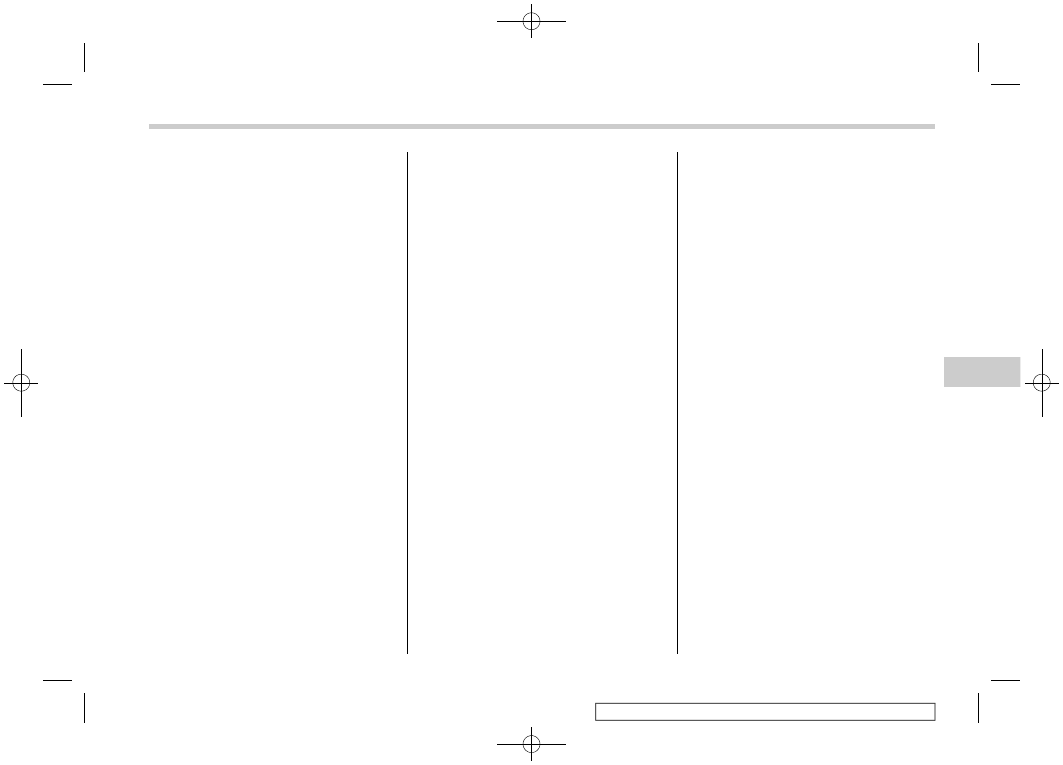Subaru Impreza (2019 year). Instruction - part 22

(347,1)
北米Model "A1350BE-A" EDITED: 2018/ 4/ 20
NOTE
If the sonar sensors require repair or
replacement, or if the area of the rear
bumper near the sonar sensors re-
quires repair, paintwork or replace-
ment, contact your SUBARU dealer for
assistance.
Starting and operating/Reverse Automatic Braking System
7-69
7